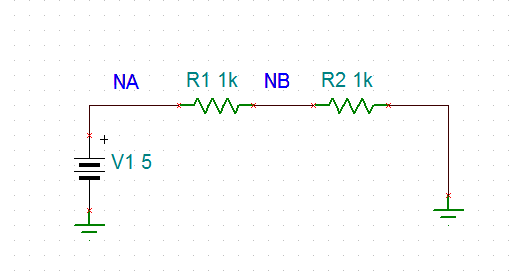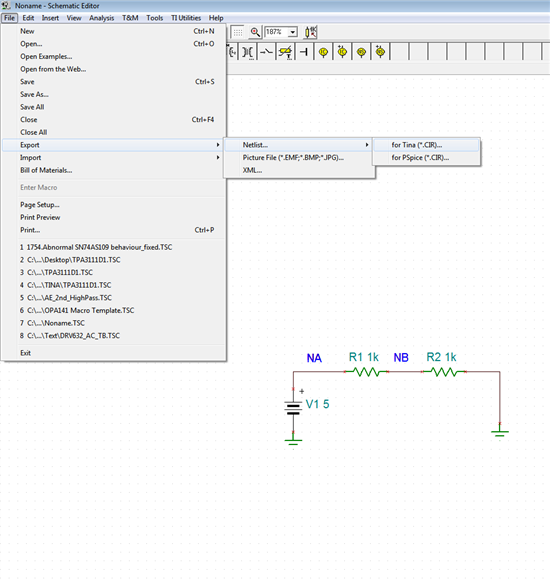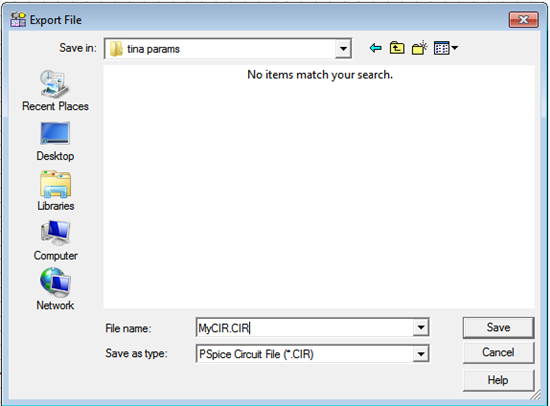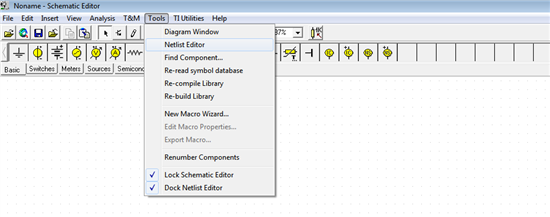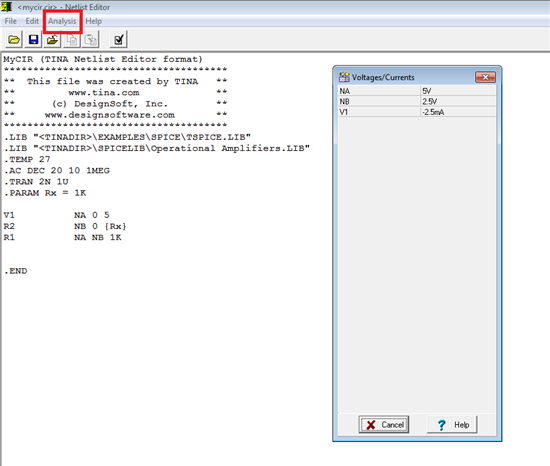Hey Folks,
Basic question about TINA.
How do I build a circuit with many of the same component such that I can update a value in one place to change the values throughout the network. For example, let's say I have 50 resistors in a circuit and I want to change the resistance of all 50, run a simulation, change the resistance of all 50 again, run another simulation, etc.
Thanks,
Shawn


